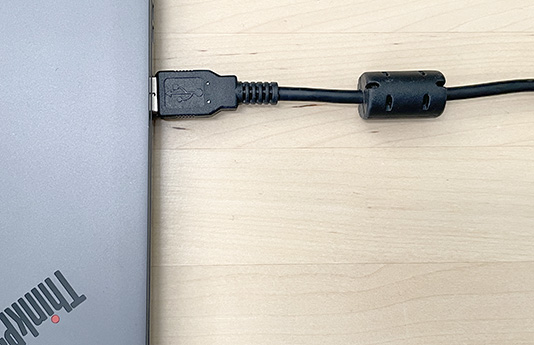EMC Question of the Week: May 20, 2024

For estimating the common-mode current, a ferrite core clamped around a cable is best modeled as a
- common-mode resistance
- common-mode inductance
- common-mode choke
- capacitance to infinity
Answer
The best answer is “a.” A ferrite core introduces a frequency-dependent resistance to a common-mode current on the cable. If this resistance is large relative to the impedance seen by the common-mode current without the ferrite, then the common-mode current will be reduced. For example, a quarter-wave monopole has an input impedance of 36 Ω at its resonant frequency. A ferrite with a 100-Ω resistance at that frequency would reduce the current by 36/136 (∼12 dB), if it were placed near the source. On the other hand, if the monopole was not resonant and had an input impedance of 360 Ω, the current would only be reduced by 360/460 or about 2 dB.
Outside of the frequency range where a ferrite core is designed to operate, it may look more like an inductor than a resistor. An inductor in the path of a common-mode current may shift the resonance of the cable, but it will not necessarily reduce the peak common-mode current. This is the main reason that ferrite cores employ lossy materials.
Most common-mode chokes have low-loss ferrite cores. They can be modeled as a common-mode inductance and (like ferrites outside of their intended operating frequency range) shift resonances rather than reducing peak currents.
Have a comment or question regarding this solution? We'd like to hear from you. Email us at
